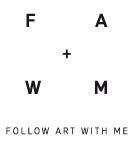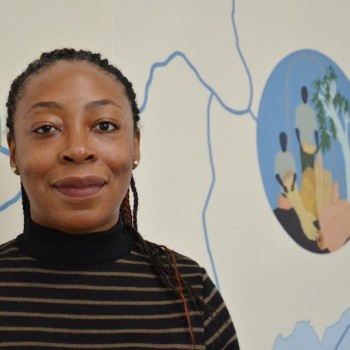ISAMU NOGUSHI AWARD 2017 : Hiroshi Senju
- Posted by Béatrice Cotte
- On 24 avril 2017
The Noguchi Museum has selected architect John Pawson and painter Hiroshi Senju as the recipients of the 2017 Isamu Noguchi Award. Now in its fourth year, the annual award was established to honor individuals who “share Noguchi’s spirit of innovation, global consciousness, and commitment to East/West cultural exchange.”
The award is presented each year to one architect and one artist or designer, honoring the multi-faceted career of artist/architect Isamu Noguchi. Previous winners of the award have included Tadao Ando and Elyn Zimmerman in 2016; architect Yoshio Taniguchi and industrial designer Jasper Morrison(2015); and winners of the inaugural award, Norman Foster and artist Hiroshi Sugimoto (2014).
Japanese-born painter Hiroshi Senju was selected as a recipient for his “sublime, frequently monumental images of waterfalls and cliffs that combine a minimalist visual language that is rooted in Abstract Expressionism with ancient Japanese painting techniques.”
“He is one of a handful of contemporary masters of the 1,000-year-old nihonga style of painting, using pigments made of minerals, ground stone, shell, and corals suspended in glue made of animal hide,” the museum explains. “Senju creates his waterfalls by pouring paint onto mulberry paper on board, conjuring not only the appearance of rushing water, but also its sound, smell, and feel. Senju was the first Asian artist to receive an Honorable Mention Award at the Venice Biennale (1995).”
The Award will be presented to Pawson and Senju at the museum’s annual benefit on May 16.
Born in Tokyo in 1958, painter Hiroshi Senju is noted worldwide for his sublime waterfall and cliff images, which are often monumental in scale. He combines a minimalist visual language rooted in Abstract Expressionism with ancient painting techniques unique to Japan. Senju is widely recognized as one of the few contemporary masters of the thousand-year-old nihonga style of painting, using pigments made from minerals, ground stone, shell and corals suspended in animal-hide glue. Evoking a deep sense of calm, his waterfalls, which he creates with incredible delicacy by pouring paint onto mulberry paper on board, conjure not only the appearance of rushing water, but its sound, smell and feel.
Public installations include seventy-seven murals at Jukoin, a Zen Buddhist temple in Kyoto, and a large waterfall at Haneda Airport in Tokyo. The Benesse Art Site of Naoshima Island also houses two large-scale installations. His work is in numerous collections, including the Brooklyn Museum; Museum of Contemporary Art, Los Angeles; San Francisco Museum of Modern Art; The Museum of Modern Art, Toyama, Japan; and Yamatane Museum of Art, Tokyo. The Hiroshi Senju Museum Karuizawa opened in 2011 in Japan.






0 Comments